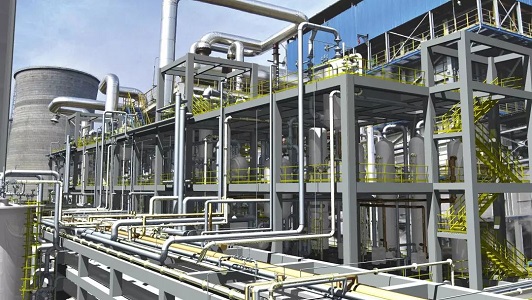The Use and Mechanism of Check Valves

The use of check valves:
A sanitary check valve is a kind of sanitary valve that can automatically open and close without the need for human power or other operations. It relies on the flow of the pipeline medium to open or close. It’s mainly used to prevent the reverse flow of the pipeline medium, so it’s also called a counterflow valve.
There’s only one flow direction for a check valve, which is along the flow direction from the inlet, and the valve gate will close when the medium flows backward.
Check valves are usually installed in places where the medium flows backward when the valve is not closed. At the outlets of common water pumps, check valves are usually installed to prevent the backflow of high-pressure water into pumps, damaging the pump impellers or other parts, leading to accidents. In sum, check valves are used in most pipelines or equipment to prevent the backflow of the medium.
The mechanism of check valves:
The medium flows in the specified direction, when the flow pressure exceeds the opening pressure of the check valve, the valve gate will be pushed away under the pressure of the fluid, connecting the circulation of the pipeline medium. Conversely, when the pipeline medium flows backward, under the force of pressure of the fluid, the valve gate will be pressed onto the valve body of the check valve, shutting down the valve, therefore cutting the circulation of the pipeline medium. And the greater the pressure of the backflow medium, the more tightly closed the valve gate is, hence the better-sealing effect, completely excluding the possibility of the backflow of the medium.
Based on different structures, check valves can be divided into three types: lift, swing, and butterfly.
Lift types can be further divided into two types: vertical and horizontal.
The movement of lift type is along the axis. Swing type can be further divided into three types: single-lobe, double-lobe, and multi-lobe. The movement of the swing type is rotation with the force of gravity center. Thin butterfly type is through the flow channel, relies on the spring on the hinge to press on the valve seat to seal.
What is the purpose of a check valve in a hydraulic system?
Check valves are the simplest form of hydraulic devices in that they permit free oil flow in one direction and block oil flow in the opposite direction. Check valves may also be used as a directional or pressure control in a hydraulic system.
Conclusion
Thank you for reading our article and we hope it can help you better understand the use and mechanism of check valves. If you want to learn more about the use and mechanism of check valves, we would like to advise you to visit Adamant Valve homepage for more information.




